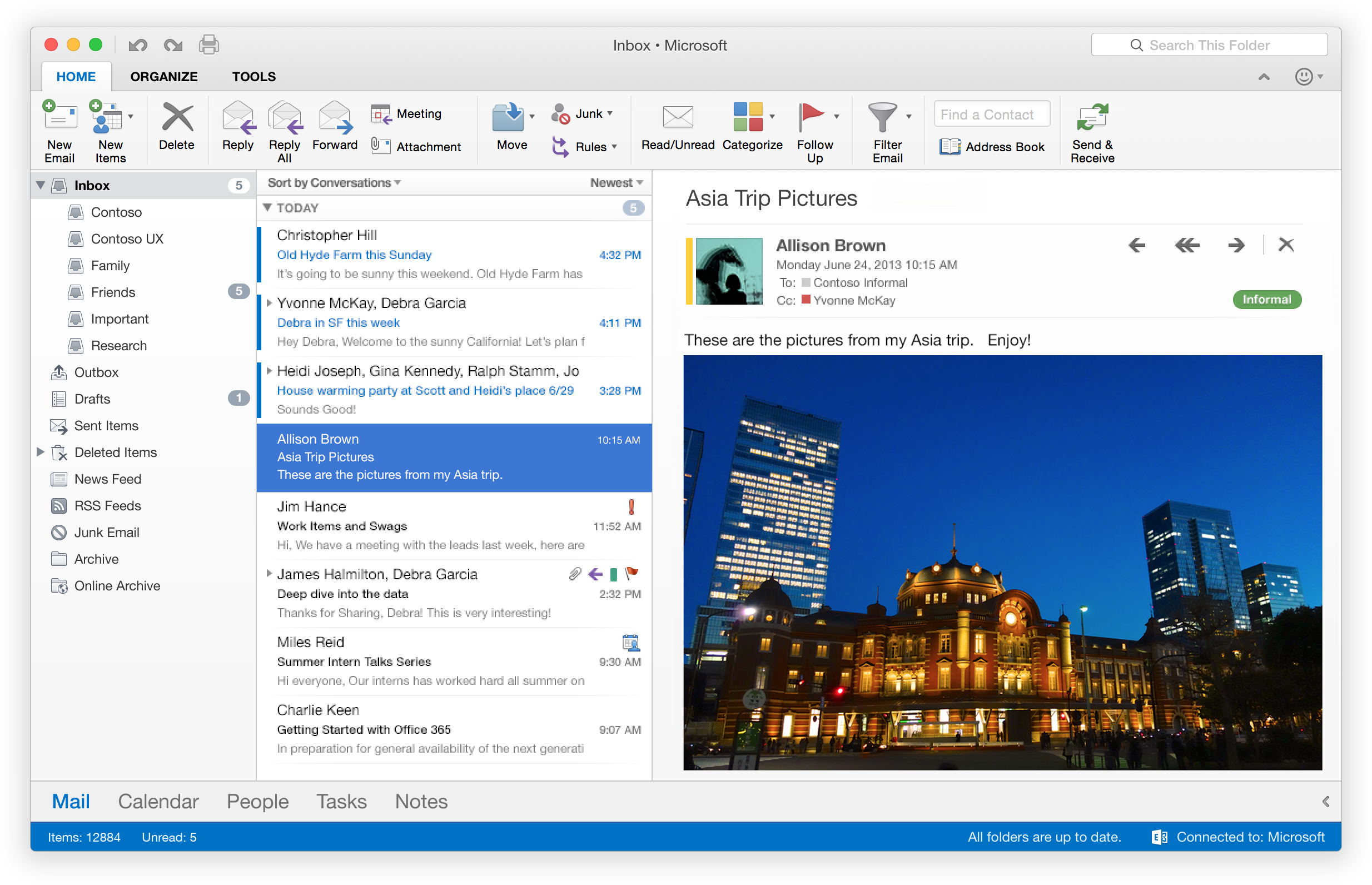
- Outlook for mac version of ost manual#
- Outlook for mac version of ost archive#
- Outlook for mac version of ost Offline#
- Outlook for mac version of ost professional#
The drawback of this trick is that address books cannot be archived but only emails from OST files.
Outlook for mac version of ost archive#
Then set the archive settings and saving path as per your requirement. In older Outlook version 2010, you can find the Archive option by navigating to File>Cleanup tools and clicking on Archive option.

Outlook for mac version of ost Offline#
Outlook for mac version of ost manual#
2nd Manual Trick With Archiving Technique folders needs to move individually so this method consumes a lot of time of the users. The method works efficiently, however takes much time for manually dragging/dropping each large sized folder one after another. The new folders created would be a copy of the OST folders with name as Inbox1, Outbox1, etc. The whole mailbox folder is dragged and dropped from the source file to the destination file. Here, mailbox folders from OST file are simply dragged and dropped to the new PST folder location at the same interface. After the PST file is created, it should be opened along with the OST file (connected with Exchange) in the Outlook. This method includes creating a fresh PST file using the Outlook profile in the Outlook Account Settings. 1st Manual Trick With New PST File – Drag/Drop Data Both these methods requires Outlook application installed on your system and Exchange Server connection with it (do not view orphaned OST files).

Let us start with two manual tricks which users can adopt to view OST file in different Outlook versions.
Outlook for mac version of ost professional#
Also, manual processes are complex, lengthy to perform, less reliable while the professional conversion solution is robust, direct and automated. The difference between manual and professional solutions are that the former is free, have some limitations and the latter needs to be purchased and is an automatic solution. There could be two methods to convert OST to PST in order to view OST file in Outlook 2019/2016/2013/2010/2007 which are either adopting the manual tricks or working on a third-party OST to PST Converter tool. Methods to Open or View OST in Microsoft Outlook after conversion

Some more reasons behind OST to PST conversion are – chances of corruption in storage, accidental data deletion, Exchange Server downtime or crash down, OST storage corruption, migration requirement to a different system, ease in accessibility, etc. In such case, when user needs to view very large sized OST file data in the Outlook application, it should be converted to PST file first to get easy access in the Microsoft Outlook versions. With excess file and large attachments files transfer on a regular bases, mostly in a big organization, the size of the OST file becomes quite big and even recreating a new OST file with Exchange would not help as the large Exchange data that it would hold not easy to manage Though user can access OST files in offline mode in the Outlook application but there is a storage limit for the Outlook files.


 0 kommentar(er)
0 kommentar(er)
